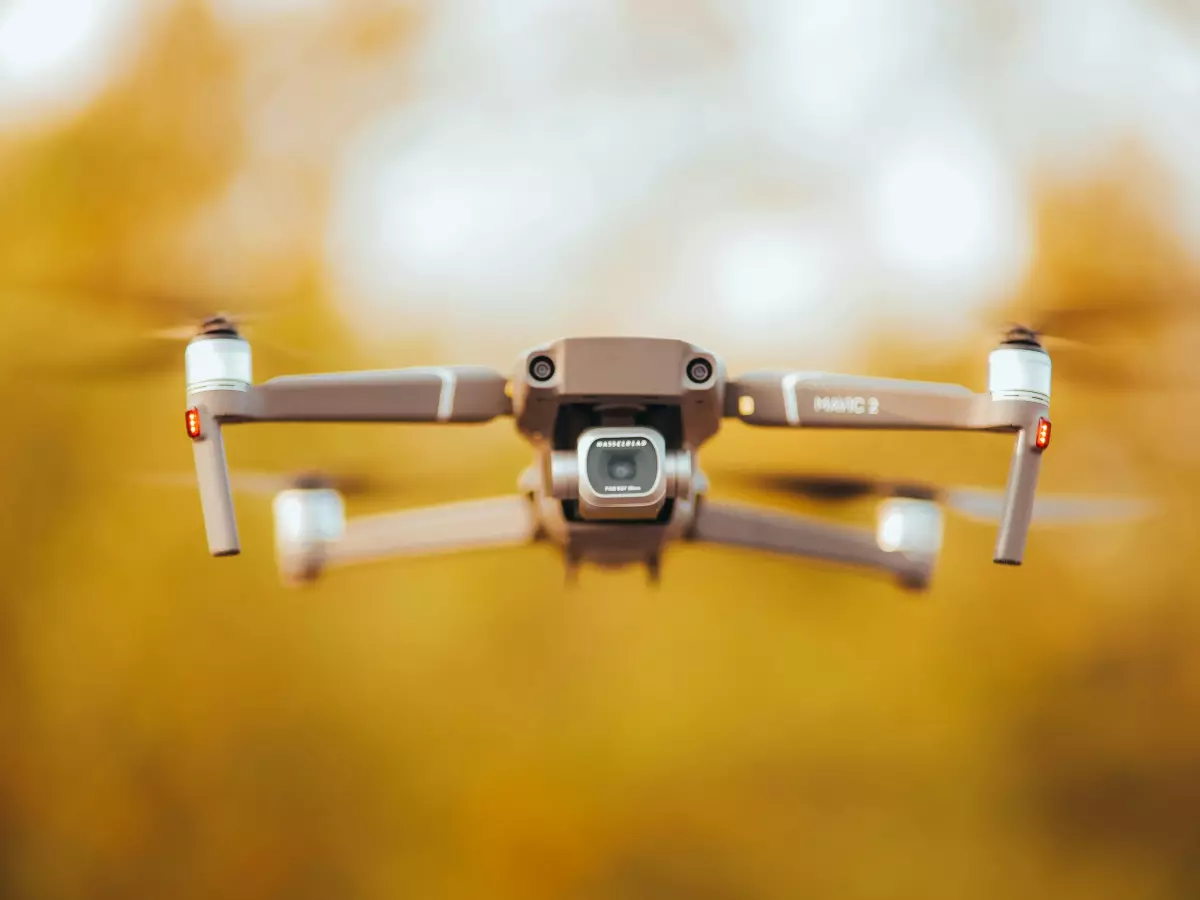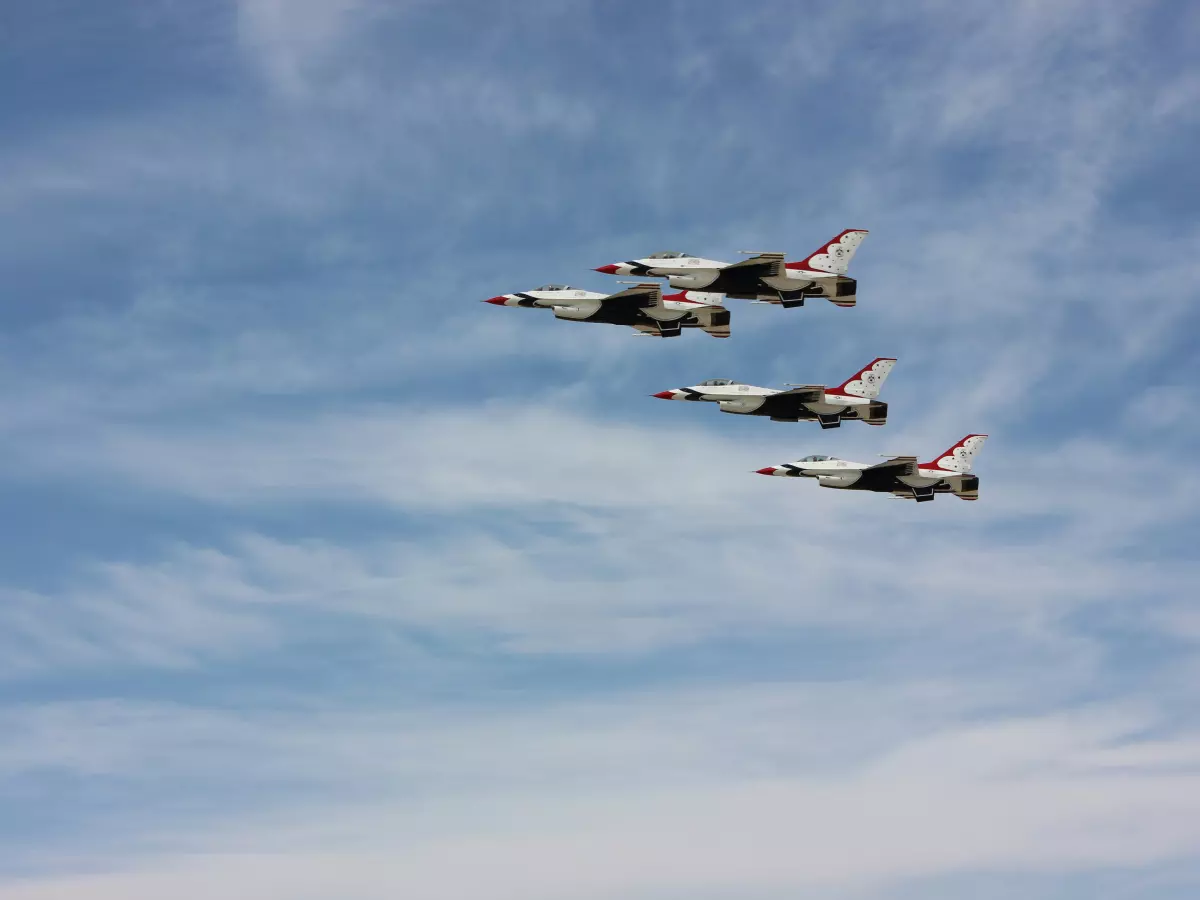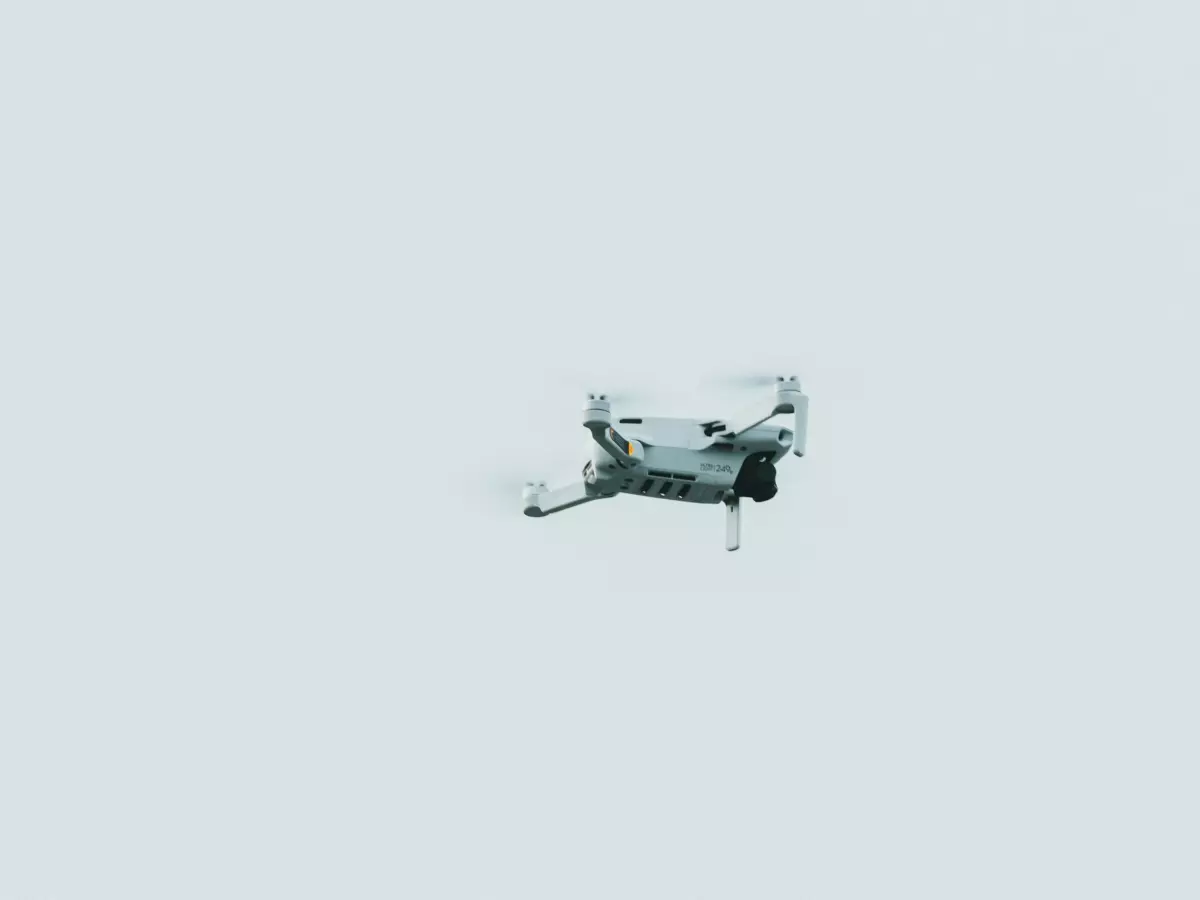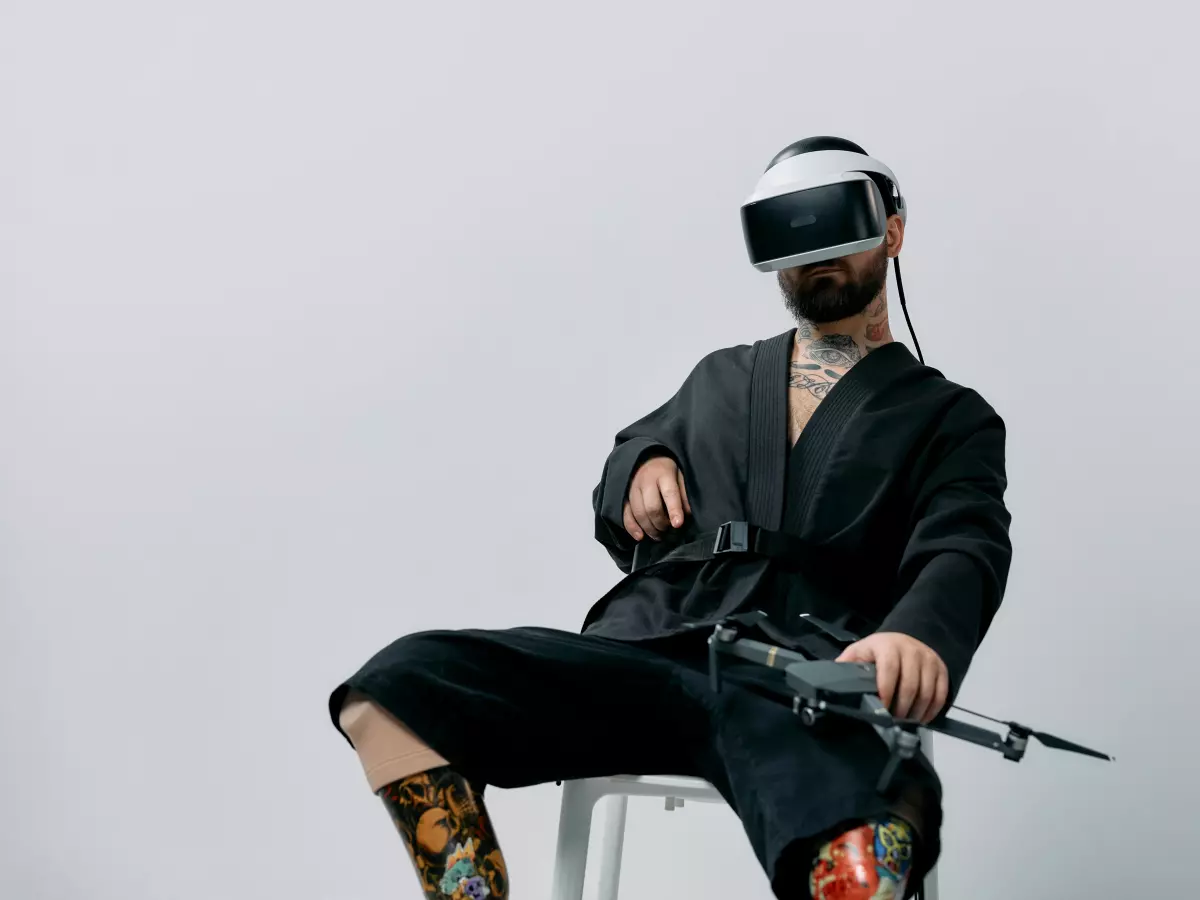Iron Soldiers
What happens when robots replace soldiers on the battlefield? Ukraine is about to find out with its new 'iron soldiers,' ground drones equipped with guns.
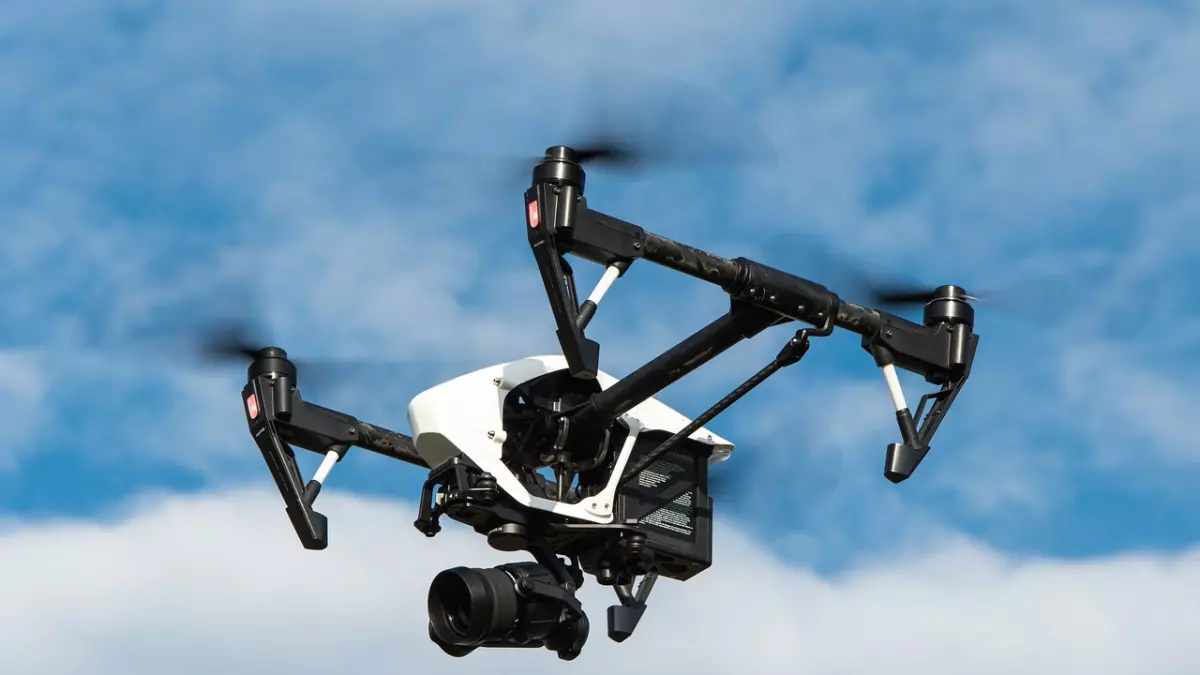
By Tomás Oliveira
Ukraine's war effort is getting a serious tech upgrade, and no, it's not just about aerial drones anymore. Enter the 'iron soldiers'—ground-based drones that are being tested to fill the roles of human troops. These aren't your average remote-controlled toys; we're talking about autonomous machines that can carry guns, explosives, and even turrets. Yeah, it's like something straight out of a sci-fi movie, but it's happening right now.
According to Business Insider, Ukraine has been testing a wide range of these ground drones, and they expect to see exponentially more of them in the near future. The idea is simple but revolutionary: why risk human lives when you can send in robots to do the dirty work? These 'iron soldiers' are designed to take on dangerous tasks, from scouting enemy positions to engaging in direct combat.
Why Ground Drones?
So, why ground drones? Aren't aerial drones enough? Well, not exactly. While aerial drones have been game-changers in modern warfare, they have limitations. They can't hold ground, and they're vulnerable to anti-aircraft systems. Ground drones, on the other hand, can navigate through complex terrains, hide behind obstacles, and even engage in close-quarters combat. Plus, they can carry heavier payloads, like mounted guns or explosives, making them a versatile tool on the battlefield.
Ukraine's military has been quick to recognize the potential of these machines. With the ongoing conflict, the need for innovative solutions has never been greater. Ground drones offer a way to minimize human casualties while maximizing firepower and tactical flexibility. It's a win-win, at least from a military standpoint.
The Tech Behind the Iron Soldiers
Now, let's talk tech. These ground drones are not just remote-controlled vehicles; they're equipped with advanced AI systems that allow them to operate autonomously. This means they can make decisions on the fly, like identifying targets or navigating through difficult terrain. Some of these drones are even fitted with turrets, allowing them to engage enemies without any human intervention.
But it's not just about the hardware. The software running these drones is equally impressive. Using machine learning algorithms, these drones can adapt to changing battlefield conditions. For example, if one drone is destroyed, the others can adjust their tactics to compensate. It's like having a squad of soldiers who can think and act independently, but without the risk of human life.
What Does This Mean for the Future of Warfare?
The introduction of 'iron soldiers' could mark a significant shift in how wars are fought. Imagine a future where human soldiers are no longer needed on the front lines. Instead, armies could deploy fleets of autonomous machines to do the fighting. This could reduce casualties and make warfare more efficient, but it also raises some ethical questions. What happens when machines are making life-or-death decisions? And how do you ensure that these drones don't go rogue?
These are questions that military strategists and ethicists will need to grapple with as this technology continues to evolve. But one thing is clear: the 'iron soldiers' are here, and they're not going away anytime soon.
Final Thoughts
Ukraine's 'iron soldiers' represent the next step in the evolution of warfare. As these ground drones become more advanced and more widespread, they could change the way wars are fought forever. Whether that's a good thing or a bad thing remains to be seen, but one thing is certain: the battlefield will never be the same.
